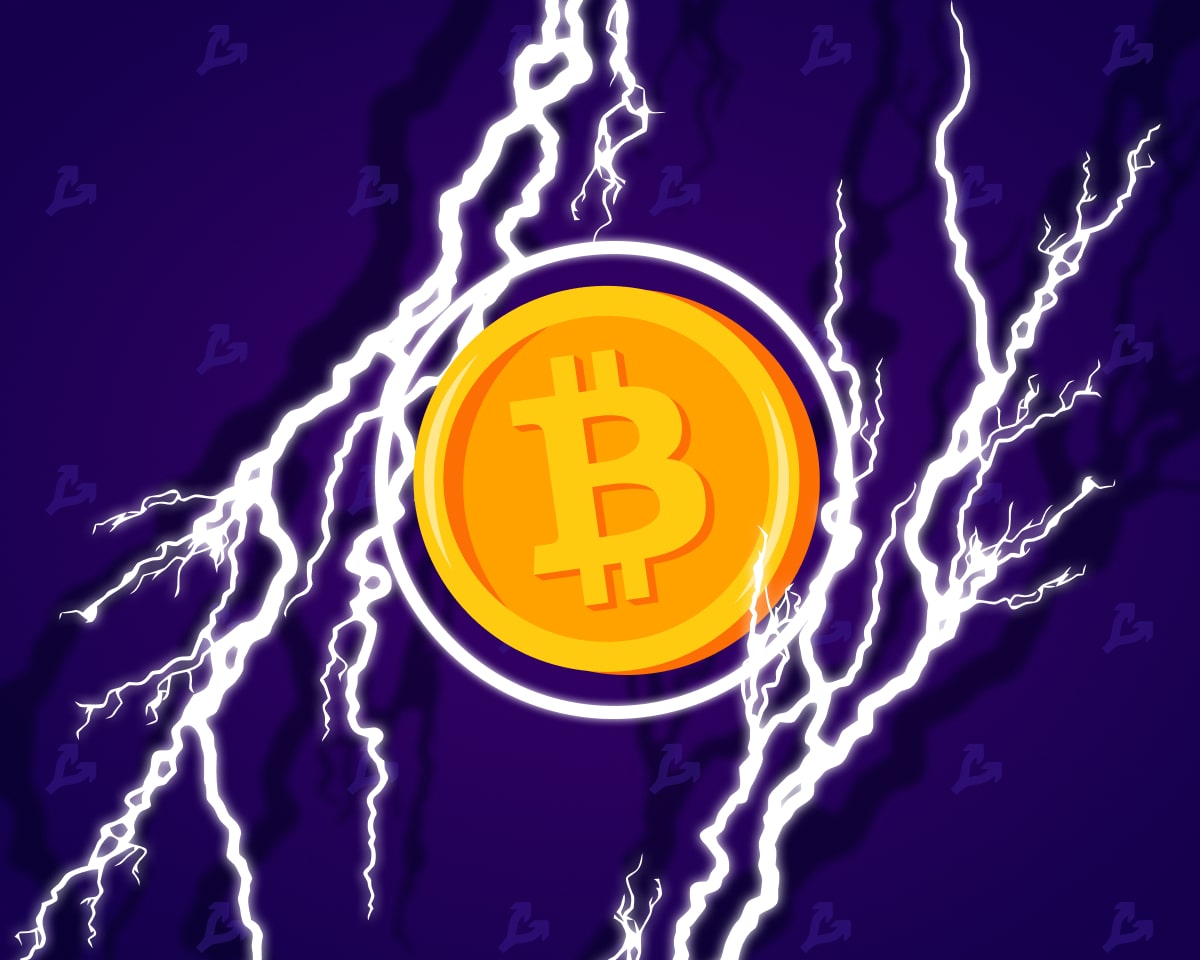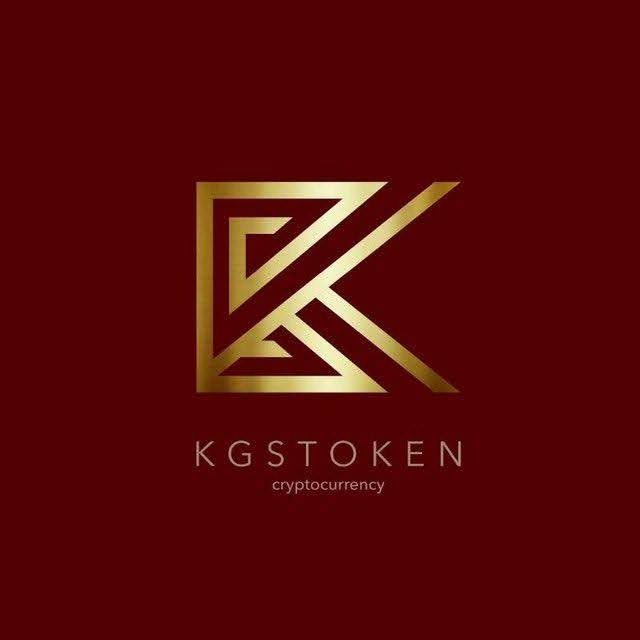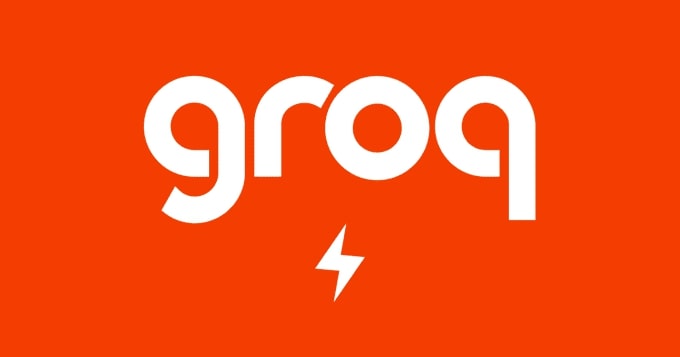2018-11-26 00:27 |
The Lightning Network Is Alive: Lightning-Powered Blog Sees Over 20,000 Bitcoin Transactions In Seven Months
Do you remember the lightning network? It looked like it was years ago that this network was created and we all talked a lot about it, but it was just some months ago. In fact, the Lightning Network (LN) kind of flopped because it was too buggy at release and the developers were not able to convince people that they should be using their software.
If you are not necessarily an LN fan and you just read about it when it was launched, though, you may be surprised to know that, despite its not all that warm reception, the LN is still alive and some people consider it at least a moderate success.
Today we will talk about Yalls, a blog created by Alex Bosworth, a Lightning Labs developer that wanted to explore LN crypto micropayments. According to Alex Bosworth, the blog participants have processed 20,000 invoices using the LN from April to November. The numbers are, in fact, quite good.
What Is The Lightning Network?The Lightning Network is a Bitcoin scaling solution that was heralded as the solution that would take Bitcoin to the masses back at the beginning of 2018. It is specially devised for micropayments as they would be considerably better when made with the LN instead of the classic Bitcoin network.
Its main idea was to make offchain payments that would not clog the Bitcoin network so much as the normal payments do. It is important to notice that at the end of 2017, the Bitcoin network was very overused and the prices were very volatile, so people would not always receive the same amount of money that other people would send to them.
Therefore, the LN would be the solution to save all people. What could go wrong? Well, bugs, mostly. The main problem after the launch was the LN was so buggy that a lot of people lost their money while using it. Nobody lost a lot since it was designed for micropayments, in the first place, but the network was not popularized because of this bugs.
This has caused several discussions on whether the Lightning Network was useful or not. While its defendants remained adamant, it simply did not get popular, but there is still hope for it, as we can see by Bosworth’s blog.
The BlogBosworth’s blog charges about one cent for each article that you read and half a cent to leave a comment. For 10 cents, you can react to something with an emoji. Publishing any article is 100% free.
The developer believes that a nice thing about the blockchain is that it brings back the anonymity of the internet. According to him, it is good that your ID does not have to be linked to a username or password. You could use the services completely without any kind of subscription. You can just connect and do whatever you want with the LN.
At the moment, the readers have opened more than 118 Lightning Nodes on the platform. Many of them were used to facilitate payments and to send small amounts of money. Contributors posted 170 new articles from July to November 2018 and readers paid for 675 emoji reactions and 194 comments, proving that the site was somewhat successful. While the payments are very small, the contributors were able to get paid for their articles on the site.
Node operators only earn roughly $5 USD monthly on routing fees, which is not a lot and is hardly a business model for daily publishing, but it shows that there are new ways in which people can engage with content creators.
Another good reason for using this is because it is another barrier for the trolls that flood the comment section with bad comments. Now, they will at least have to pay for their comments and the author will get something.
Is It A Solid Business Model Yet? Not QuiteBitcoin fans are certainly engaged with the blog, but the truth is that it is far from being a business model at the moment. Bosworth created the blog more as a hobby and to test the Lightning nodes and how fast they could be. He does not even track readers or payments normally and only did it to have something to show to the press now.
He tells that, initially, the nodes were very unstable and that there were many problems to keep them online. He basically had to “babysit” them, according to him.
The developer acknowledged that it would take years for this type of community funding work for professional media outlets and that it is too soon to say that it already does. It will certainly do in the future, though, he seems to believe. Few people know how to operate nodes and the general crypto-literacy is still years away from becoming the norm.
He also believes that people were pretty forgiving because they only spent some pennies and that the main problems of the network were that if you started to charge more from people, they would also be a lot more demanding than they currently are and this would end up being a very big problem if the technology does not get better with time.
Looks like the LN still has a way to go before it can officially be something that works well. However, not all news is bad since it is starting to get clear that technology can be very useful for some specific markets if it improves and it certainly will with time.
origin »Santiment Network Token (SAN) на Currencies.ru
|
|














